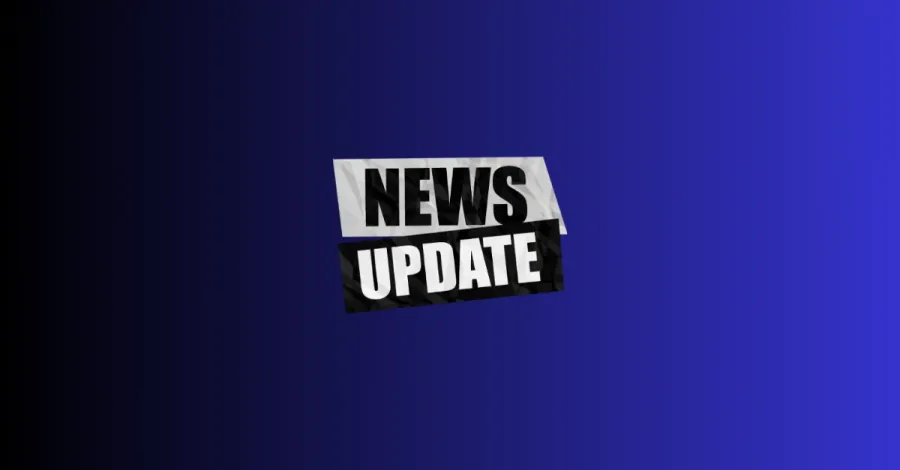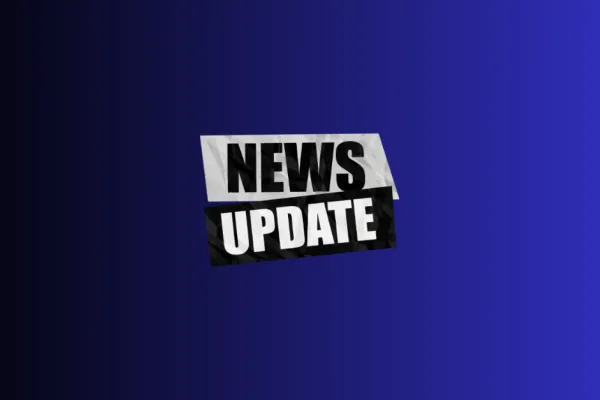Virginia struggles to find out who's connected

As we've said before, the first step toward crafting a comprehensive national policy for high speed internet deployment is collecting data on the current state of high speed access. The same is true for individual states looking to expand high speed internet to all residents.
Right now, government leaders in Virginia are finding out just how tough a task this is:
State officials are trying to get a better handle on what parts of the state can connect to broadband services and what areas cannot. Then they can focus on filling the holes.
"Connectivity now is coming out in so many different forms and fashions that to count everywhere" that has broadband access is hard, said Karen Jackson, director of the Virginia Office of Telework Promotion and Broadband Assistance.
"We know the providers are out there, we just don't know exactly where they are and what they're covering," she said.
Jackson and her colleagues are trying to finish the job that the FCC is supposed to do. But the data collected by the FCC is far too meager--if just one house in a zip code has high speed access the entire area is considered to be connected. That leaves state and local governments to attempt to measure high speed deployment on their own.
In Virginia, the Office of Telework Promotion and Broadband Assistance is charged with this task. Created last fall by Governor Tim Kaine, the agency works to advance high speed internet deployment across the commonwealth and promote telework for Virginia workers.
This effort is yet another example of local governments filling in the vacuum caused by our lack of a national high speed internet policy.
Broadband Brigade members turn out to protect good, union jobs and reliable broadband service
CWA condemns Trump NTIA changes to BEAD funding policies

